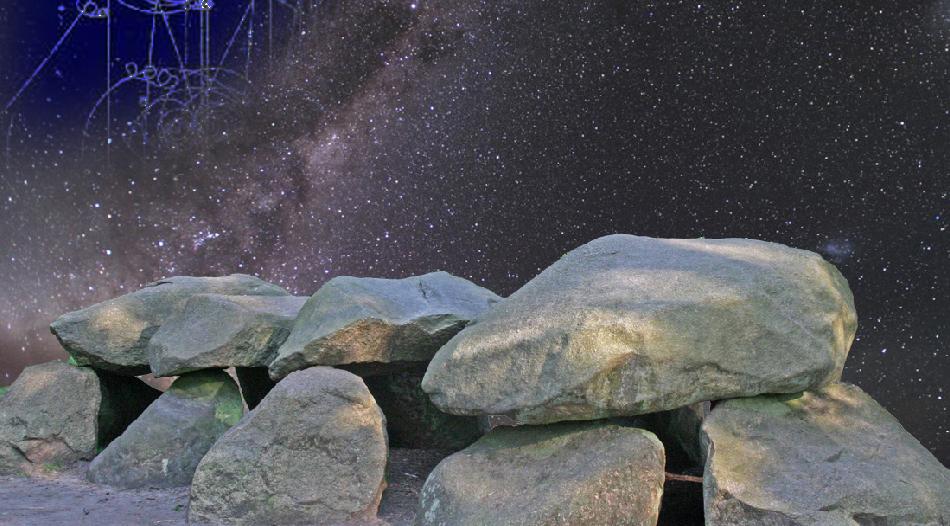Symposium Location & Venue
|
The conference takes place at the Kapteyn Astronomical
Institute of the University of Groningen. The lecture hall for the APP9 symposium presentations will be at the Blauwe Zaal of the WSN complex of the University of Groningen, just beside the Zernike building of the Kapteyn Institute (building 3). There are 3 possible ways to enter the WSN complex (building 5). The most direct way is at the ground floor entrance (accessible for wheelchairs). There is the possibility to enter the Blauwe Zaal via the Kapteyn Institute itself, via the walk-bridge connecting 3 and 5. There is also an entrance into the WSN building halfway in, but for reaching the Blaauwe Zaal this is more cumbersome. Upon entering the WSN hallway, you will find immediately to your right the Blauwe Zaal. Coffee and Tea will be served in front of tje Blauwe Zaal. Lunch and Reception will be in the University Restaurant in the Zernikegebouw, immediately opposite to the entrance of the WSN gebouw. 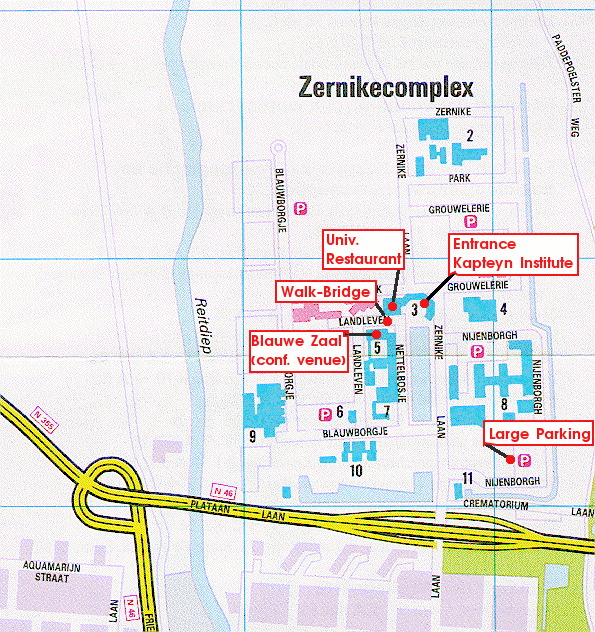
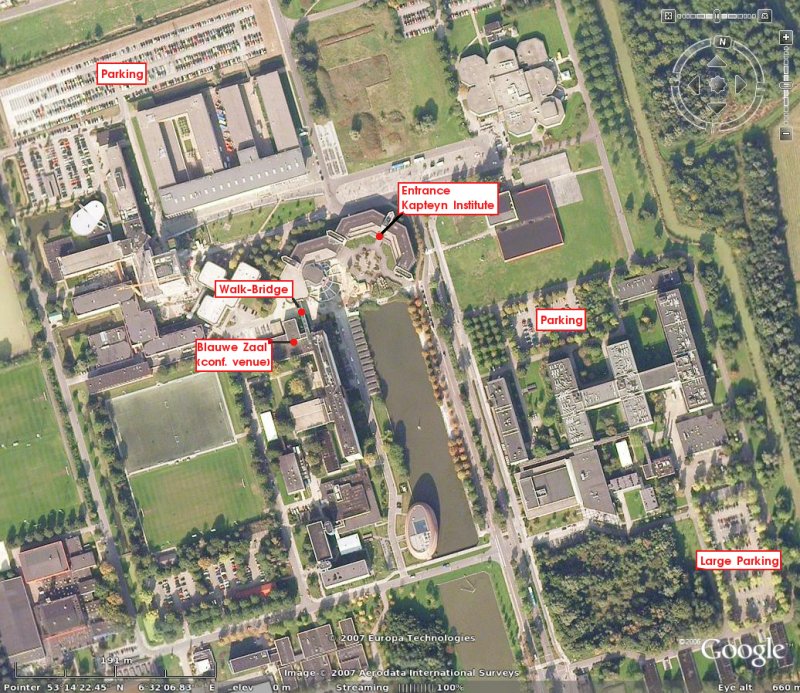 Location of Kapteyn Institute & Blauwe Zaal The Kapteyn Institute is located in the Zernike Gebouw on the Zernike campus at the northeast of the city of Groningen, just outside the ringroad. For directions to the Kapteyn Institute, either by car or by public transport, please consult the How to Get Here directions. 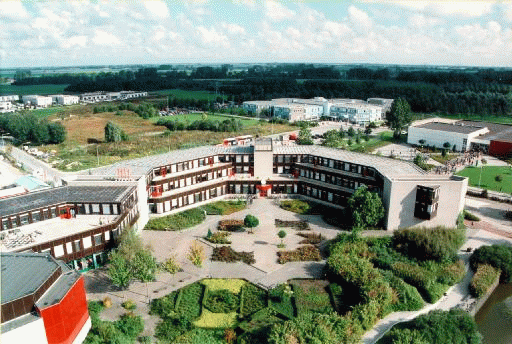 The Kapteyn Institute, located in the Zernike Building The Kapteyn Astronomical Institute is named after its founder, Jacobus Kapteyn. In 1878 he was appointed professor of astronomy and theoretical mechanics. This at a time when no astronomical tradition, let alone an observatory, existed in Groningen. For an extensive historical background of Groningen astronomy, see 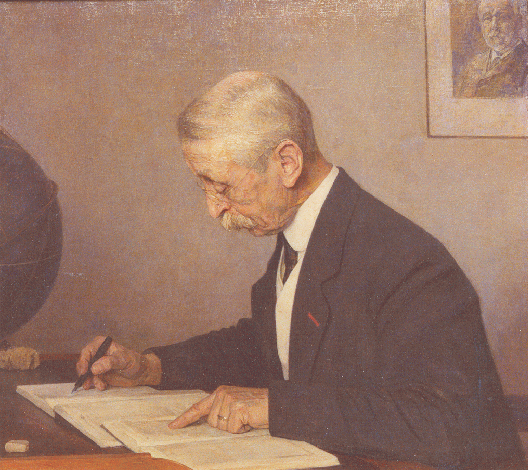 Jacobus Kapteyn at his desk. Painting by J. Veth. Since its foundation in 1878, the astronomical institute in Groningen has kept a keen interest in the "dark side" of the Universe. While at first this concerned in particular the dark cloud patches that so heavily influenced the seminal and world renowned work by Jacobus Kapteyn on building a model of our Galaxy, it has been the study of the structure and kinematics of spiral galaxies which in the 1970s and 1980s established the Kapteyn Institute at the forefront of the search of Dark Matter in the Universe. With the help of the HI radiomaps obtained by the WSRT radio synthesis telescope it was shown that the rotation of disk galaxies, at distances considerably larger than the optical radius, still retained such a high rotation velocity amplitude that it implies the existence of large amounts of non-visible matter. 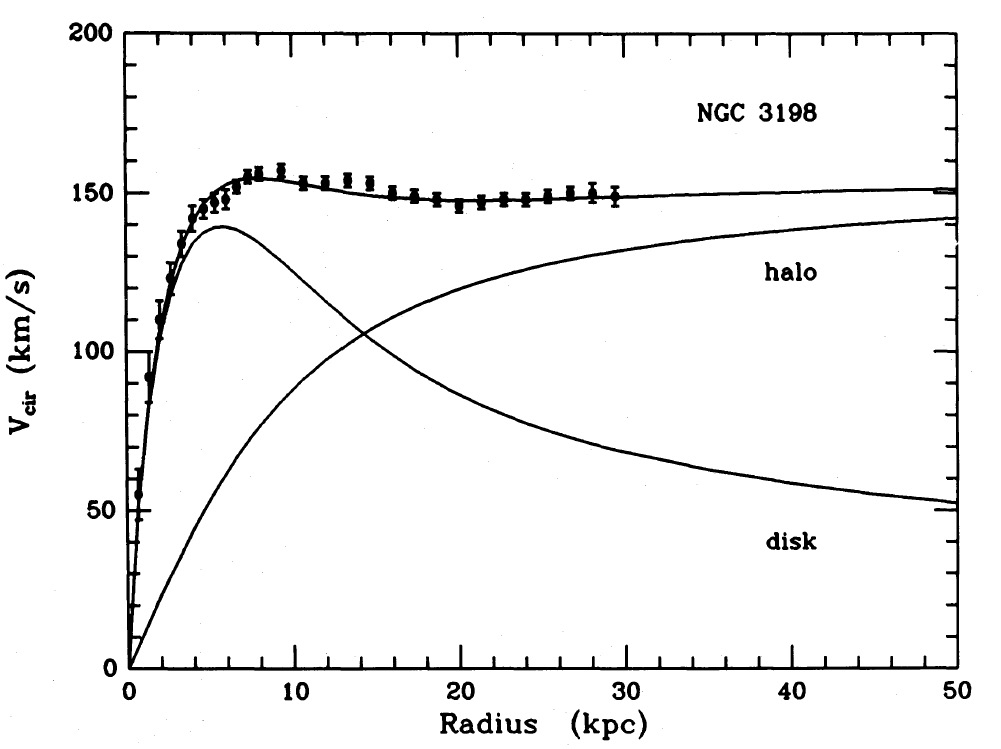
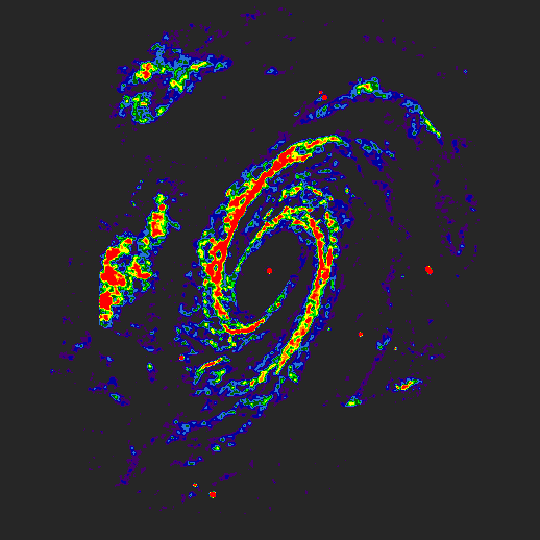
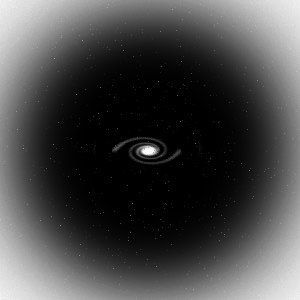
(van Albada, Bahcall, Begeman & Sancisi 1985) HI gas distribution in the disk of spiral galaxy M81 (van der Hulst) cartoon depicting the embedding of a spiral disk within a triaxial dark halo Numerous Groningen astronomers (see images above) have been responsible for seminal contributions to this finding. It still is the prime evidence for the presence of dark matter on galactic scales, likely in the shape of a dark halo in which the visible stellar and gaseous disk is embedded. Current research at the Kapteyn Institute seeks to shed light on a variety of aspects relevant for the understanding of the formation, evolution and structure of galaxies, the structure of the halo in our Galaxy, the distribution of matter in the Universe and the early history of the Universe. Considerable interest concerns the role of stars and the formation of stars in galaxies, whether it concerns the detailed formation of stars within the Interstellar Medium, the evolution of the stellar populations in galaxies, or the formation of the very first stars in the Universe. |
|
This page is maintained by Rien van de Weygaert |

